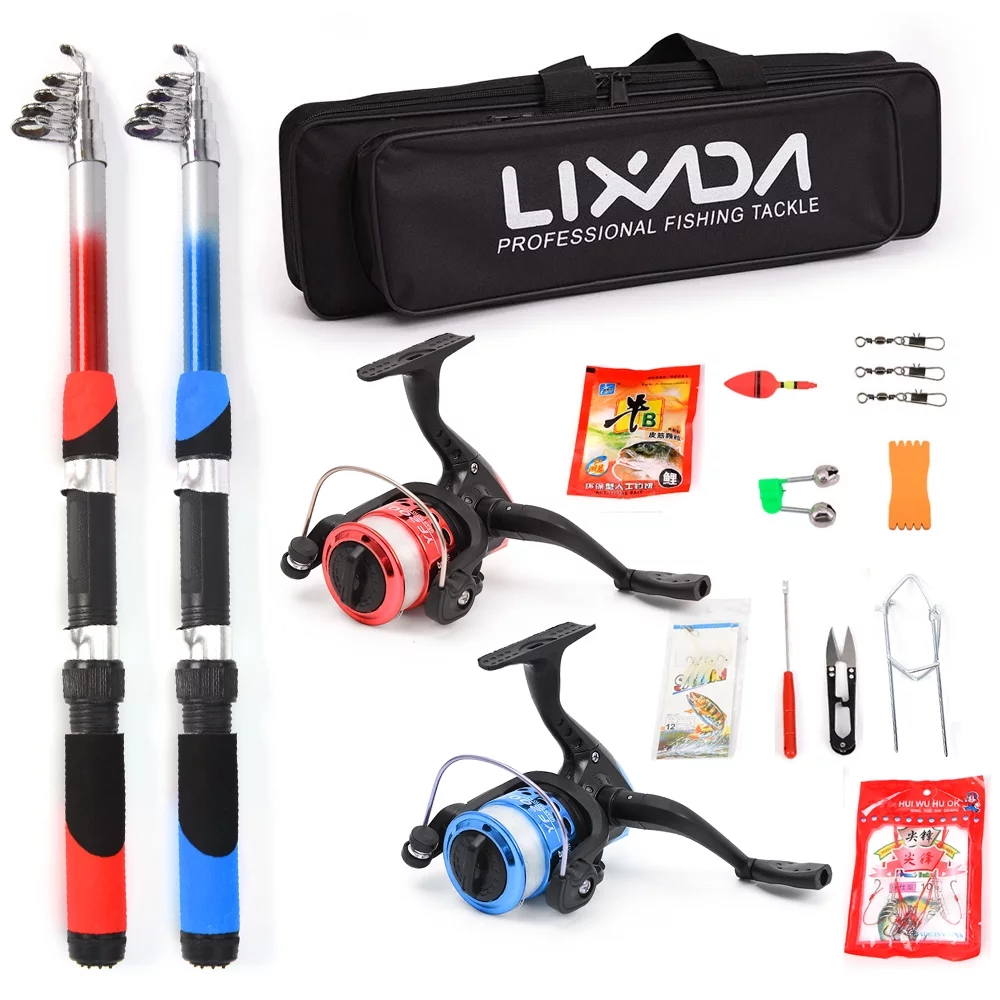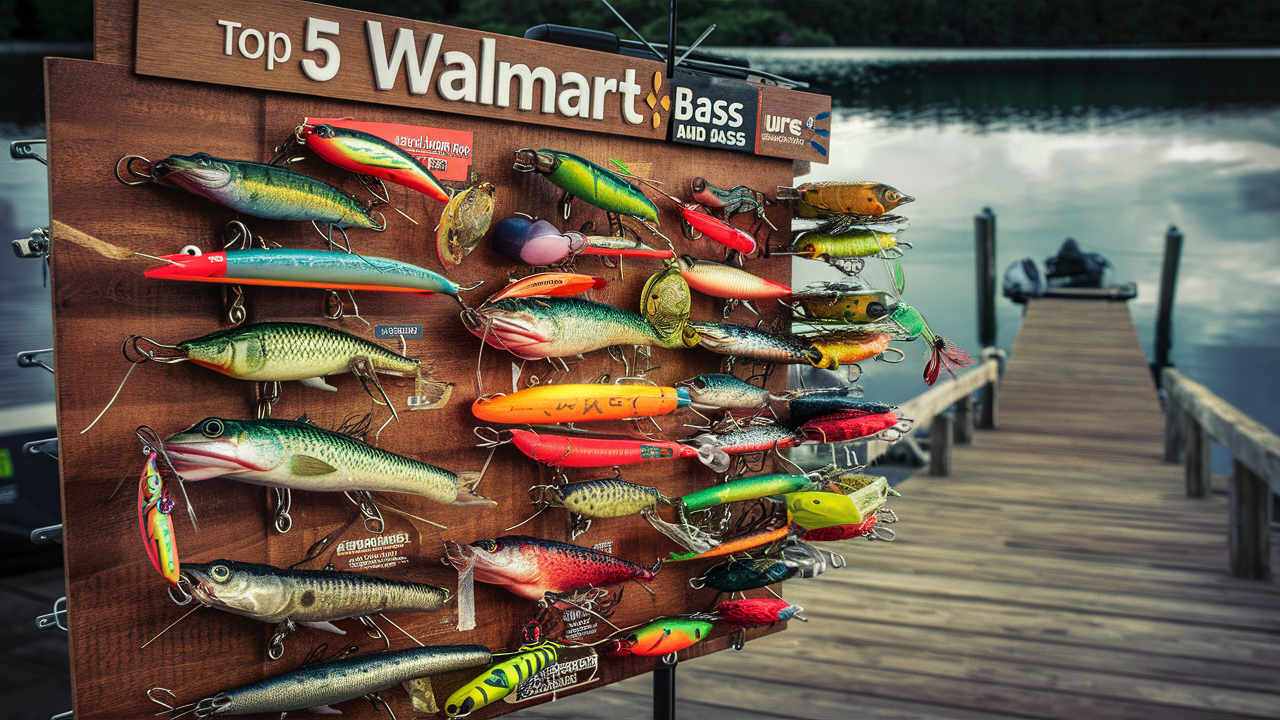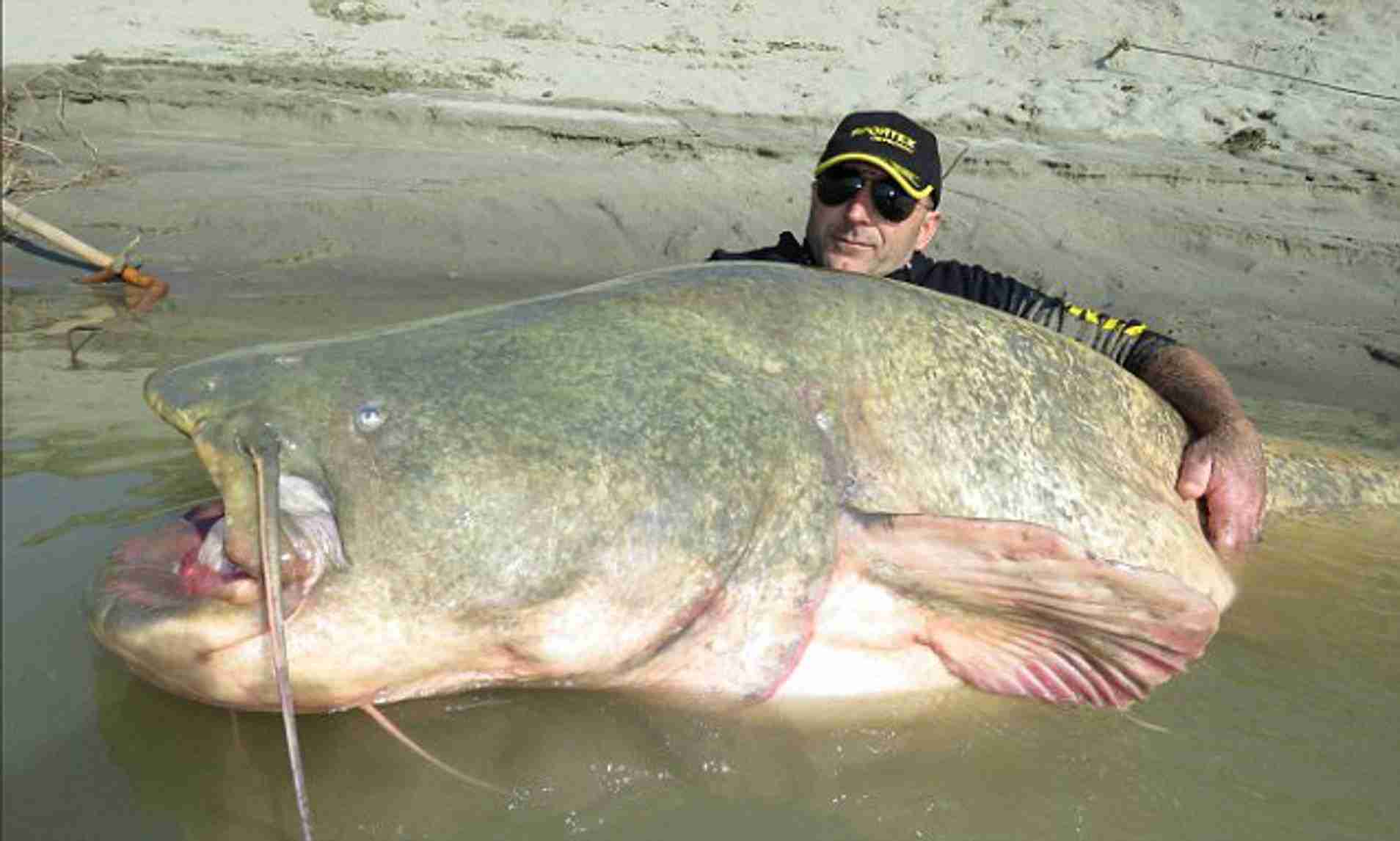
Winter Carp Fishing

14 min read
Winter carp fishing can be a challenging but rewarding experience for anglers.
The colder temperatures and shorter days of winter can make for difficult fishing conditions, but with the right approach and gear, you can still successfully target carp.
The key to success during the winter is understanding the behavior of carp and adapting your fishing techniques accordingly.
In the winter, carp will often move to deeper waters and may become less active, making them harder to catch.
Using the right baits and lures, along with fishing in the right areas, can increase your chances of hooking a carp. In this article, we will be discussing the best methods, techniques, and gear for catching carp during the winter season.
From the right baits to use, to the most effective fishing spots, we will cover it all so you can have a successful winter carp fishing trip.
Do carp bite in cold weather?
In general, fish are less active in cold weather and carp are no exception. However, this doesn’t mean that carp don’t bite in cold weather. Carps are opportunistic feeders and will bite when they’re hungry, regardless of the temperature. So, if you’re fishing for carp in cold weather, be prepared for a bite at any time!
This is one of the best winter carp tips I can give. Take the rod out of the water and try to find the fish. They don’t move as much in winter, so take a look at your location and keep moving your bait to find some fish. You may even find a few fish curled up together, and after one, it’s worth checking the same spot again. I would say toss every 30-45 minutes and move slowly around the spot to check for bites.
Zig rigs also work well in winter, I personally only use them as a backup on really rough days, but they can lure strange fish.
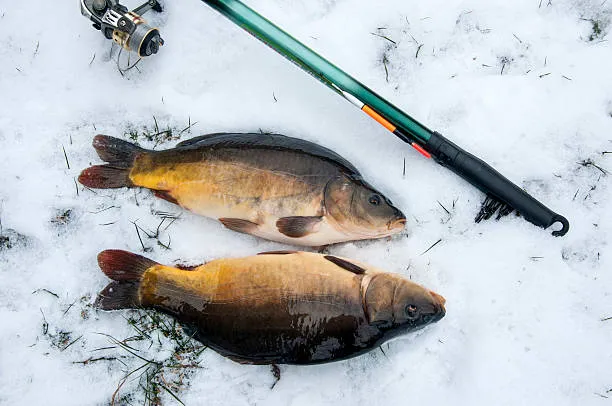
An important fact to keep in mind when fishing for carp in winter is that carp can sit on top of the bottom for long periods of time, so a zig rig (floating bait suspended from lead via a lightweight buoyant single hook) is required.
If bottom lures are not expected to bite, try using a zig rig to explore the upper layers of the water. These are the first parts of the lake to heat up when the sun briefly appears in winter.
Note that the slower you fish, the more you should pay attention to any carp that comes up. This is one of my best fishing tips on how to catch carpin winter. Also, always use a pointed hat and quality polarized glasses. These will help you spot signs of fish.
Winter carp fishing is a great way to get outside and enjoy the winter weather.
During warm periods you can catch quite a few, but not enough as it will be too cold and dark during those times. The longer temperatures are held down by fog or rain the chances of catching one increase somewhat due to water temperature variability throughout the night.
You may need to wait until 5 PM (or later) with heavy fishing activity so do make sure you spend at least an hour per day from dusk till dawn under open sea conditions before attempting any attempt to find carp around this date. However, if there is very little left after that then I would recommend taking advantage of 6 AM when most waters seem clear again and where the weather has been mild all week
Carp can be caught using a variety of bait, but live bait is usually the most effective.
When carp fishing in winter, it is important to dress warmly and be prepared for the cold weather.
How to catch carp in winter.
The best strategy for catching carp in winter is to catch smaller single baits at or just above the bottom, or baits higher in the water. You should also fish during the day and look for the deepest parts of your location or shallow water areas with lots of vegetation when the sun warms up.
An important aspect of learning how to catch carp in winter is finding them. All it takes is one carp to appear and you can catch a lot of winter carp in the right place. Where carp are found in cold water, chances are there are a lot of carp around.
Move at least one bait regularly and methodically drop it in one place to see if you can place a bait next to the carp of interest. If nothing happens, roll it up after half an hour or an hour and re-throw it elsewhere; deeper areas, ravines, edges, and areas that heat up first like shallow beams, grass beds, overhangs, dead trees in the water And reed beds are a favorite location for carp in winter.
Best way to catch carp in winter?
Carp fishing offers a very exciting fishing experience for any angler. In Winter and Summer, there are always some rules that must be followed and some are also possible to be modified. Learning the winter catch is more difficult than most people think and it’s worth the wait until you learn the ropes. Overall carp fishing in the winter is as productive as any other season. Nevertheless, it is dependent upon many different factors.
Everything from the daytime to bait selection affects the chances of the fish-eating when there is cold weather outside.
Carp fishing in winter (most successful tactic)

There are many different techniques that can be used when fishing for carp in winter, but one of the most successful methods is to use a bait fish. This involves using a small fish as bait, and then waiting for the carp to strike. The use of a bait fish is particularly effective in winter because the water is cold and the fish are less active. This means that they are more likely to strike at a bait fish than they would be at other times of the year.
When using this method, it is important to use a bait fish that is the right size. If the bait fish is too small, the carp will simply ignore it.
These fish are the perfect size for carp, and they are also very easy to catch. Another advantage of using fry as bait is that they are very easy to keep alive. This means that you can use the same bait fish for several days, or even weeks, without having to worry about them dying.
When carp fishing in winter, it is also important to use the right tackle. This means using a rod and reel that are designed for carp fishing. Carp is a very strong fish, and it can easily break standard fishing lines.
Where should I fish for carp in winter?
Carp are a type of fish that are known to be bottom feeders. This means that they spend most of their time near the bottom of lakes and rivers. Carp are also known to be very sensitive to cold water temperatures. For these reasons, the best place to fish for carp in winter is in shallow water near the bottom of a lake or river.
To fish for carp in winter, you should look for areas where the water is shallow and there is plenty of vegetation.
Carp are cold-water fish and they will head to shallow areas to find food and shelter from the cold weather. Look for areas where the water is slow-moving and there is plenty of cover for the fish. You might find carp in ponds, lakes, and rivers.
Best way to prepare for winter carp fishing?
There are a few things that anglers can do to prepare for winter carp fishing.
Is important to make sure that all of your gear is in good condition and ready to go. This means checking your reel, line, rod, and hooks to ensure that they are all in good shape and ready to use. It is also a good idea to have a backup plan in case something goes wrong while you are out on the water.
Dress appropriately for the conditions. This means having enough warm clothing to keep you comfortable, as well as waterproof gear in case you get wet. It is also a good idea to bring along some snacks and drinks to keep your energy up.
Can you catch carp when it’s cold?
Carp are a type of freshwater fish that are found in lakes and rivers all over the world. They are a popular target for anglers because they are relatively easy to catch and can grow quite large. Carp are most often caught using baits such as bread, corn, or worms.
In general, carp are not particularly sensitive to cold temperatures and can remain active even when the water is quite cold. This means that you can still catch carp when it is cold outside, although you may need to adjust your tactics slightly. For example, baitfish are often less active in cold water, so using a larger, more enticing bait can be helpful.
Best weather for winter carp fishing
The cold weather can actually help to keep the fish active, and if you know where to find them, you can have a great time. Here are a few tips to help you make the most of winter carp fishing. Before you head out, make sure you have the proper gear.
Carp Care in Cold Weather Conditions
As the weather starts to turn cold, many people forget about the care that their carp need.
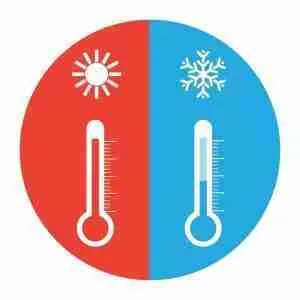
Carp are a type of fish that are known to be quite delicate, and they require a bit more care in colder weather conditions. When it comes to feeding, carp are not picky eaters and will accept most types of fish food. It is important, however, to make sure that the food is properly sized for the fish, as overfeeding can lead to health problems
Move the fish to a warmer location if necessary. By following these tips, you can make sure that your carp are well-cared for during the cold weather.
What temperature does a carp stop feeding?
The optimal temperature for carp feeding is between 20-25 degrees celsius. Carps stop feeding when the water temperature drops below 20 degrees Celsius.
Winter Carp Fishing Zig Rig
Zig rigs are a hugely popular rig amongst carp anglers, especially in winter when the fish are often found in deeper water. The zig rig allows the angler to fish ‘up in the water, where the fish are often feeding and also presents the bait in a unique way that can be very effective. Foam is often used as the zig rig float, as it is buoyant and can be easily seen. It is also very easy to rig up and is relatively cheap. There are a few things to consider when using a zig rig in winter.
The depth of water you are fishing in. If the water is too deep then the zig rig will not be effective, and the bait will often just sink to the bottom. It is important to find a depth where the zig rig will just float so that the bait is presented in the right area.
Consider the size of the foam float. If the float is too small then it will be difficult to see, and if it is too big then it will be difficult to cast. It is important to get the right size of float for the depth of water you are fishing in.
In winter, carp often feed on dead and decaying matter, so baits such as sweetcorn, boilies, and pellets can be very effective.
Winter Carp Fishing Pop-ups
Pop-ups are floating baits that sit just off the bottom and are very effective in attracting carp. This is because they are easy for the carp to see and are often very bright in color which makes them irresistible to the fish. Pop-ups are particularly effective in winter when the fish are less active and are looking for an easy meal.
So, if you are targeting carp this winter, make sure you take into account the water temperature and the amount of daylight.
And, most importantly, fish with pop-ups for guaranteed success!
Winter Carp Fishing Boilies
Boilies are usually made from a mixture of flour, egg, and different types of fishmeal. They can be flavored with different spices and flavors, and they come in a variety of sizes and colors. In the winter, carp are less active and tend to feed less, so it can be difficult to catch them.
This is why using boilies as bait can be effective, as they are a high-energy food source that can attract carp and encourage them to feed. Boilies can be used in all types of rigs and presented in different ways to suit the conditions and the fish you are targeting. There are a few things to consider when choosing boilies for winter carp fishing.
The first is the size of the boilies. Smaller boilies are easier for carp to digest and are less likely to cause indigestion, so they are a good option when the water is cold.
The second is the color of the boilies. Darker colors are more visible in water that is murky or stained, and they can also be easier for fish to see in low-light conditions.
The third is the flavor of the boilies.
Carp have a good sense of smell and can be attracted to certain flavors, so it is worth experimenting with different flavors to see what works best.
Winter Carp Fishing Tips
The middle layers
Cold water sinks until it reaches 4 degrees, but it can also be bumpy and not very consistent at the top right because of the wind and chill effect. The water in the middle above the deeper pools is good and very often 40-50cm from the bottom is where they feel most comfortable.
If there is a change in the bottom, even better. Cast into the deeper water, but drop the bait higher in the water column.
The reeds
The reeds at the ends are ok, they offer very good cover, especially if they go deep into the pond. The carp will have channels in them and the wind doesn’t affect the movement of the water as much, thus allowing the sun to warm the water more and the wind to mix it less.
The Winter Carp is Where The food is
If the pond is fished regularly, then the carp will often hang out where the food is. While we tell ourselves that they don’t like to travel for food, they can visit our spot as long as they know they will get an easy and delicious meal.
The bottom layers
Variations in the bottom allow the fish to move up and down in the water, thus feeling safe. A zig rig right next to gravel in shallower water can be a good bet as they get more light and heat up there on calm sunny days.
The water weed
Everyone’s favorite guess - the fish is in the algae. To me, this is a myth that has been floating around for years when we didn’t really know what was going on.
Yes, the carp loves algae, but when it burrows into them, they touch it, and it does not like that very much, and it is possible that they enter a deeper hibernation, so it will not become elusive. Right on the edge of the kelp tufts is a much better place.
Conclusion
In conclusion, winter carp fishing can be a challenging but rewarding experience for anglers
The key is using the right baits, lures and fishing in the right areas.
It’s important to note that some tips like using flavored baits, fishing deeper waters, slower retrieves, and rig adjustments can help you to increase your chances. It’s also important to dress warmly and be prepared for harsh weather conditions. With the right approach and gear, you can still successfully target carp during the winter season and enjoy the thrill of the catch.
Happy fishing
